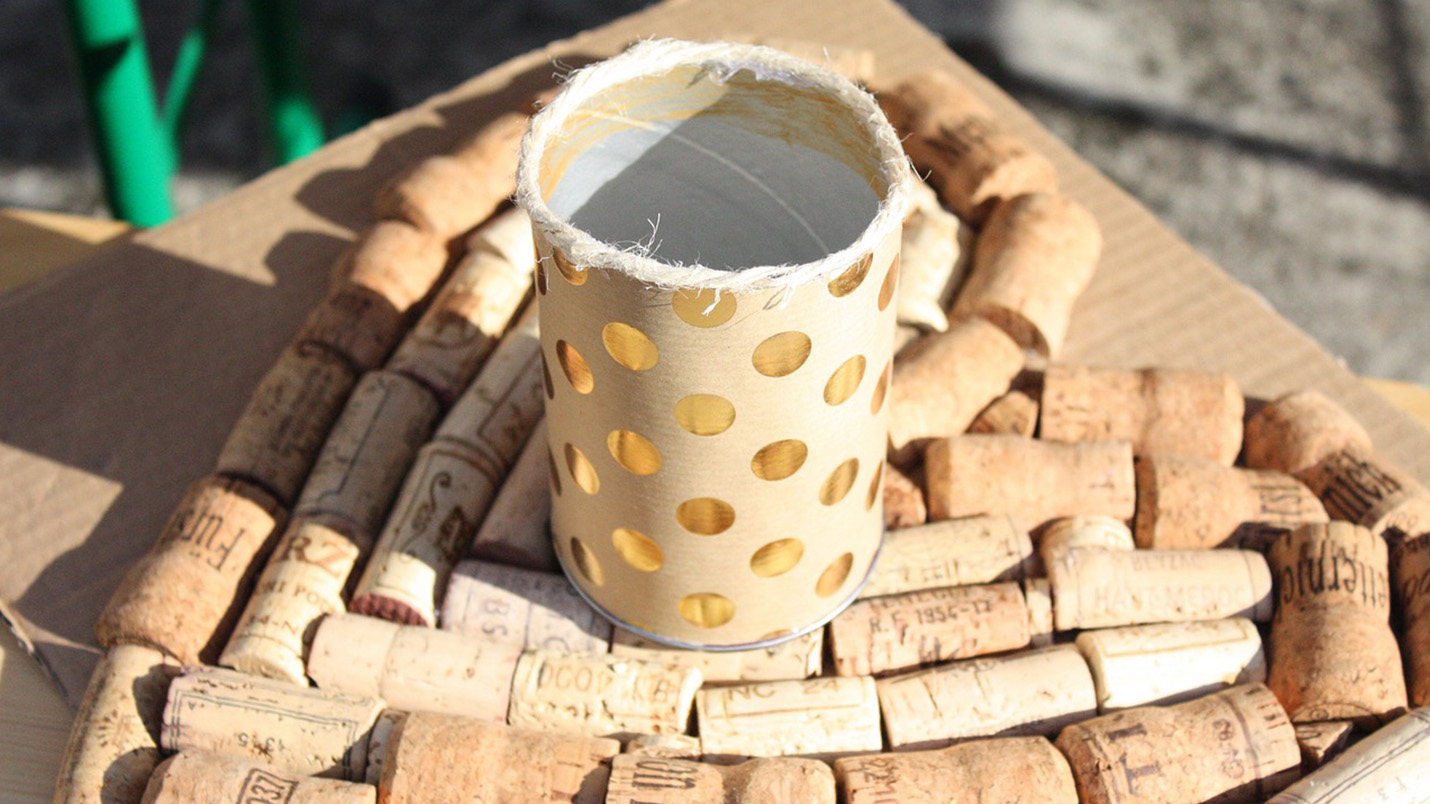Upcycling Furniture: Giving Old Pieces New Life
Upcycling furniture is a gratifying endeavor that not only breathes new life into tired pieces but also allows you to showcase your creativity and eco-consciousness. In this guide, we'll explore a variety of techniques and ideas to help you transform old, forgotten furniture into cherished, revitalized treasures.
Materials Needed:
- Old furniture pieces
- Sandpaper and/or electric sander
- Paint or stain
- Brushes or spray paint
- New hardware (handles, knobs)
- Wood filler (if needed)
- Sealant or topcoat (optional)
- Screwdriver or drill
Step 1: Choose Your Furniture Piece
Select a piece of furniture that has good bones but is in need of a refresh. This could be an old dresser, a worn-out coffee table, or even a dated bookshelf. Look for pieces with sturdy construction and interesting features.
Step 2: Prep and Clean
Before you begin, clean the piece thoroughly to remove any dust, dirt, or grime. If there are any imperfections or holes, use wood filler to patch them up. Sand the surface to create a smooth, even canvas for paint or stain.
Step 3: Decide on a Finish
Consider whether you want to paint, stain, or leave the wood natural. Each option offers a distinct look and can completely change the character of the piece. For a modern, sleek look, consider a bold paint color. For a rustic, natural aesthetic, opt for a rich wood stain.
Step 4: Paint or Stain
Apply your chosen finish evenly, using brushes or spray paint for a smooth coat. Allow ample drying time between coats, and apply as many layers as needed to achieve the desired depth of color.
Step 5: Update Hardware
Swap out old handles and knobs for new ones to give the piece a fresh, updated look. This simple change can make a significant impact on the overall appearance.
Step 6: Add Unique Details
Get creative with stencils, decals, or hand-painted designs to add a personal touch. Consider geometric patterns, floral motifs, or even a distressed finish for added character.
Step 7: Protect and Seal (Optional)
If you've painted the piece, consider applying a clear sealant or topcoat to protect the finish and make it more durable. This step is especially important if the furniture will be subject to daily use.
Step 8: Reassemble and Enjoy
Once all the paint or stain is dry, reattach any hardware and reassemble the piece. Take a step back and admire your revitalized furniture, now ready to take pride of place in your home.
Upcycling furniture is a wonderful way to breathe new life into old pieces and infuse your home with unique, personalized style. By following these steps and getting creative with finishes, hardware, and details, you can transform forgotten furniture into cherished treasures. Remember, the only limit is your imagination—so let your creativity run wild! Happy upcycling!

Home Improvement Guru




